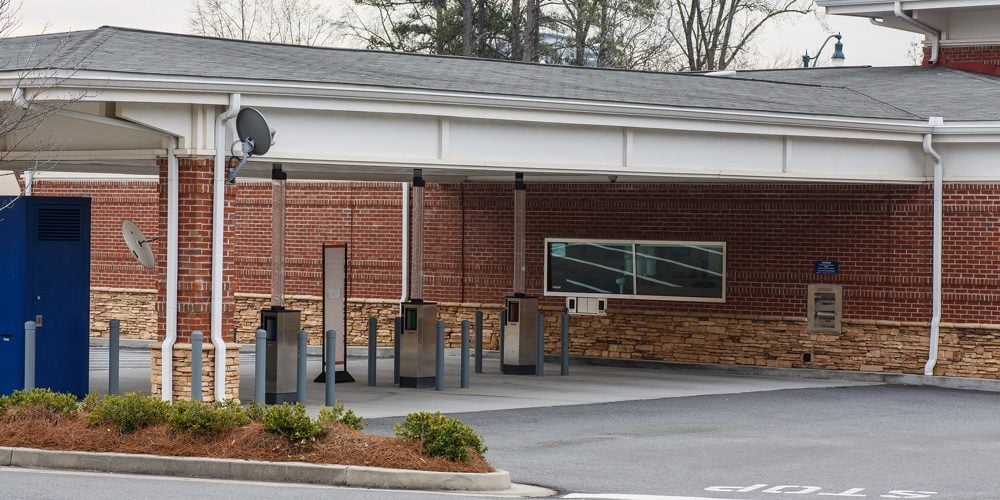Financial institutions still love branches (and here’s why)
Pundits who predicted demise of brick-and-mortar branches need to do some fresh fieldwork. Traffic may be shifting to mobile devices, but branches still get the lion's share of high-value interactions. Here's what leaders in the banking industry think about branches, digital channels, and the relationship between them.

We’ve all heard the parables — cautionary tales about Netflix killing Blockbuster, and Amazon’s retail takeover. And yes, more and more Americans bank digitally. But branches remain a critical component in the retail banking delivery model. Banks and credit unions just need to find ways to build digital-physical synergy. Complementary roles for digital and physical channels must play to the strengths of each.
Financial institutions now process far more transactions digitally than they do in branches. And according to McKinsey & Co, more than 10,000 U.S. bank branches have closed since the financial crisis of the late 2000s — an average of three per day.
“Despite such systemic changes,” McKinsey says, “branches remain an essential part of banks’ operations and customer-advisory functions. Brick-and-mortar locations are still one of the leading sales channels.”
continue reading »
